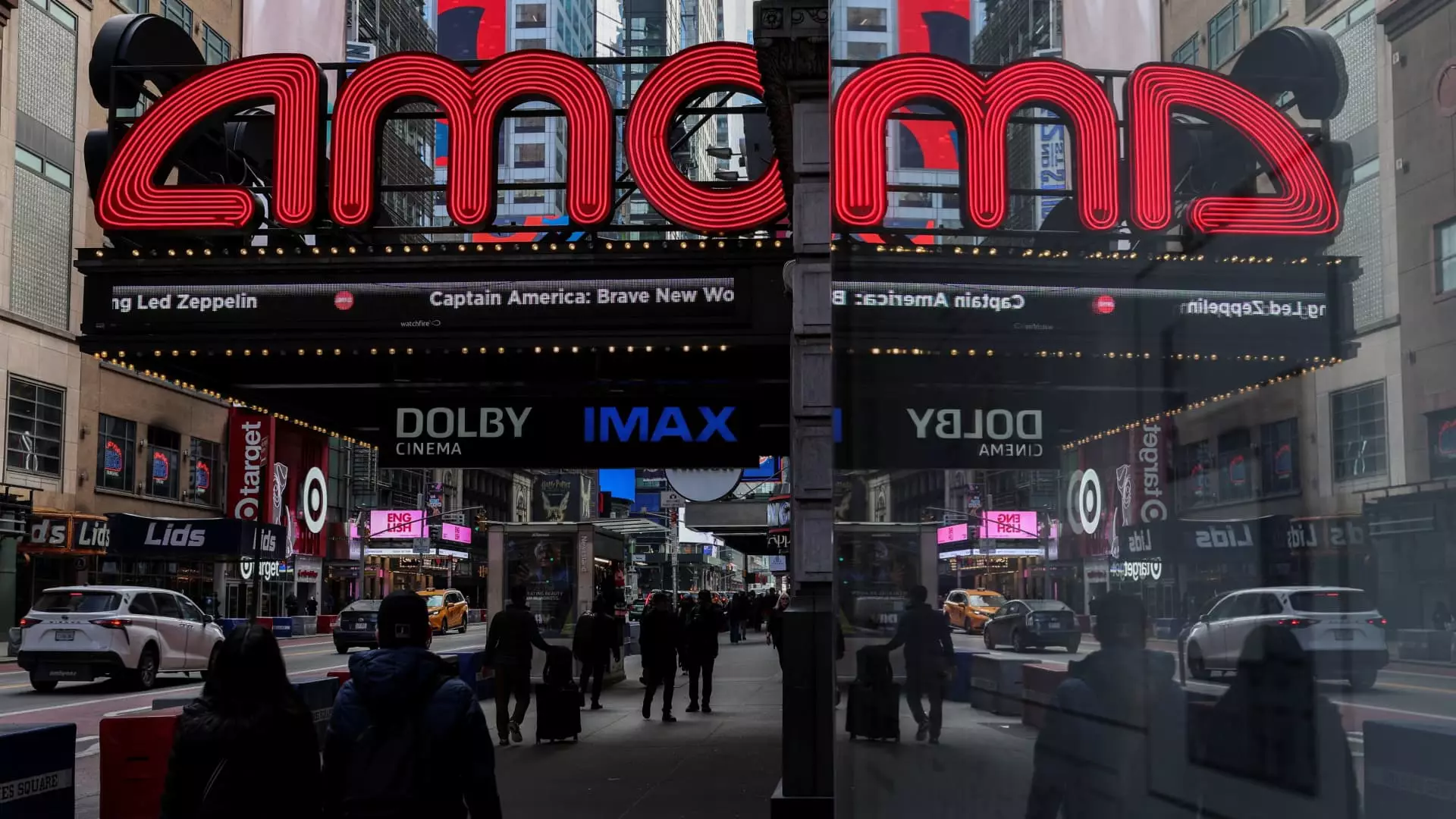There’s an undeniable transformation happening in the world of cinema, and it’s driven by the insatiable appetite for premium experiences. AMC Entertainment, in a bid to meet this surge in demand, has announced the introduction of 40 new Dolby Cinema theaters across the United States by 2027, marking a significant 25% increase in their premium format offerings. This development highlights a shift in how audiences perceive and engage with film, and reflects a broader trend: the way we watch movies is evolving, and it’s about more than just the films themselves.
The emphasis on premium moviegoing represents a crucial pivot for the film industry. As traditional theater settings struggle against competition from streaming services, the innovative designs and immersive technology of premium formats are drawing audiences back into theaters. This is a vital step; it rejuvenates communal viewing while also enriching the cinematic experience. If cinemas are to survive in this age of at-home convenience, they must do so with extraordinary environments that compel viewers to leave their couches.
The Economics of Premium Experiences
The decision to invest heavily in premium formats, such as Dolby Cinema and CJ 4DPLEX, also reflects an acute awareness of shifting economic models in the film industry. These premium large format (PLF) screens command higher ticket prices—averaging just under $17—and offer an experience that can justify such costs. Notably, PLF films have been the heavyweights of box office revenue lately, capturing audiences’ attention during the pandemic recovery phase with big blockbuster titles like “Oppenheimer” and “Avatar: The Way of Water.”
According to data from Comscore, by 2024, PLF screens accounted for 9.1% of the domestic box office—a figure that belies the early skepticism surrounding these formats. It’s essential to understand that this phenomena is not just about squeezing dollars from enthusiastic fans. Instead, it provides a framework that potentially redefines consumer expectations for what the cinema could, and should, deliver.
The Technical Wizardry Behind the Experience
The technological advancements inherent in premium formats cannot be overlooked. Dolby Cinemas, for example, combine Dolby Vision and Dolby Atmos to create an environment where sound and visuals are not just elements of storytelling but integral parts of the experience itself. In an age increasingly dominated by digital consumption, the art of cinema demands a new level of engagement. When audiences can feel the tremors of an explosion or see a vast landscape come to life in stunning detail, their emotional investment deepens.
Moreover, innovations like Screen X’s 270-degree panoramic array and the multi-sensory features of 4DX, which incorporate effects such as wind and fog, show that the modern viewer craves an experience that transcends the screen. Yet, as exciting as this is, it begs the question: can these premium experiences coexist with traditional cinema without alienating audiences accustomed to a simpler moviegoing experience?
Blockbuster Dependency and Artistic Integrity
Here’s where the conversation becomes muddier: the structure of blockbuster-oriented PLFs raises questions about the types of films being celebrated and how intricately they align with artistic merit. Limited to larger franchises and action-packed spectacles, what does this mean for smaller indie films that often struggle to find a foothold in conventional settings?
As Hollywood looks to capitalize on the PLF format, the potential overshadowing of day-and-date releases and original works by grand spectacles may significantly skew the landscape. Independent filmmakers face a perpetual battle for relevance, which could have profound implications for diversity in film. Who will champion experimental storytelling when giant franchise pieces dominate the conversation?
The Community Aspect of Premium Cinemas
One cannot ignore the significant social aspect that premium cinemas engage with. A trip to a cinema has always been an event—it’s a gathering of friends, family, and communities. Premium cinema takes this concept up a notch by offering a more luxurious environment to share such experiences. A plush seat, curated refreshments, and the latest technology create an eloquent setting where stories are not merely viewed; they are experienced collectively. This is the future we crave—not the sterile loneliness of our screens at home but a vibrant cultural moment shared in the dark of a theater.
Sometimes, the very essence of cinema lies in the communal aspect of storytelling. It speaks volumes to the capacity of films to bridge differences and create dialogue. In opting for these premium setups, AMC not only cultivates a lifestyle but also strengthens this essential link between films and audiences—an endeavor that holds vast promise for the cinematic future.

